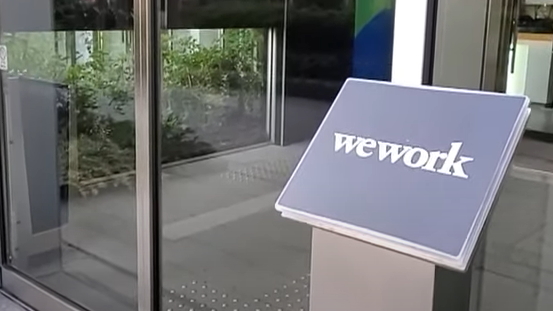
The workplace landscape has been undergoing a transformative shift in recent years, largely accelerated by the global pandemic. One company that has emerged as a visionary in this changing paradigm is WeWork. Founded in 2010, WeWork has become synonymous with flexible office spaces and coworking environments. This essay explores why WeWork is considered a visionary business for the hybrid work model, which combines elements of remote work and in-person office interactions, and how it has played a pivotal role in shaping the future of work.
The Hybrid Work Model
The hybrid work model has gained prominence as businesses worldwide recognize the benefits of allowing employees to work both remotely and in the office. This approach combines the flexibility of remote work with the collaboration and community-building aspects of traditional office spaces. WeWork recognized this shift early on and has since positioned itself as a leader in catering to the evolving needs of businesses and workers.
- Adaptability and Flexibility
One of the core tenets of the hybrid work model is adaptability, and WeWork excels in this regard. The company provides businesses with the flexibility to scale their office space up or down according to their needs. As companies increasingly adopt a more fluid approach to workforce management, WeWork's flexible lease terms and global network of locations are instrumental in accommodating their ever-changing spatial requirements.
- Community and Collaboration
While remote work offers many advantages, it can also lead to isolation and a sense of disconnection from colleagues. WeWork recognizes the importance of human interaction and community-building in the workplace. Through curated events, networking opportunities, and communal spaces, WeWork fosters a sense of belonging and collaboration among its members. This approach aligns perfectly with the hybrid work model, which seeks to strike a balance between remote work's solitude and office-based collaboration.
- Agility in Space Design
WeWork's expertise in designing office spaces is another reason it is at the forefront of the hybrid work revolution. Their spaces are built to accommodate diverse working styles, from individual focused work to team meetings and social interactions. Moreover, WeWork's design philosophy embraces modern aesthetics and ergonomic considerations, creating environments that inspire productivity and well-being, making it an ideal choice for companies seeking to provide a holistic work experience to their employees, regardless of their location.
- Global Reach
The hybrid work model often entails employees working from various locations, and WeWork's extensive global network of coworking spaces positions it as an ideal partner for businesses operating across borders. Companies can provide their employees with access to well-designed, fully equipped workspaces in major cities around the world, ensuring consistency and convenience regardless of where their employees choose to work.
- Technological Advancements
WeWork has invested heavily in technology to enhance the hybrid work experience. Features like mobile app access, digital reservations, and IoT integration have made it easier for members to navigate and use WeWork spaces efficiently. In an era where remote work depends heavily on digital connectivity, these tech enhancements are pivotal in ensuring seamless transitions between remote and office-based work.
Conclusion
In conclusion, WeWork has emerged as a visionary business in the context of the hybrid work model due to its adaptability, focus on community and collaboration, innovative space design, global reach, and technological advancements. As the world of work continues to evolve, WeWork's ability to cater to the diverse needs of modern businesses and workers positions it at the forefront of the hybrid work revolution. Through its commitment to creating flexible, community-centric, and technologically advanced workspaces, WeWork has not only survived the challenges posed by the pandemic but has also played a crucial role in shaping the future of work itself.
